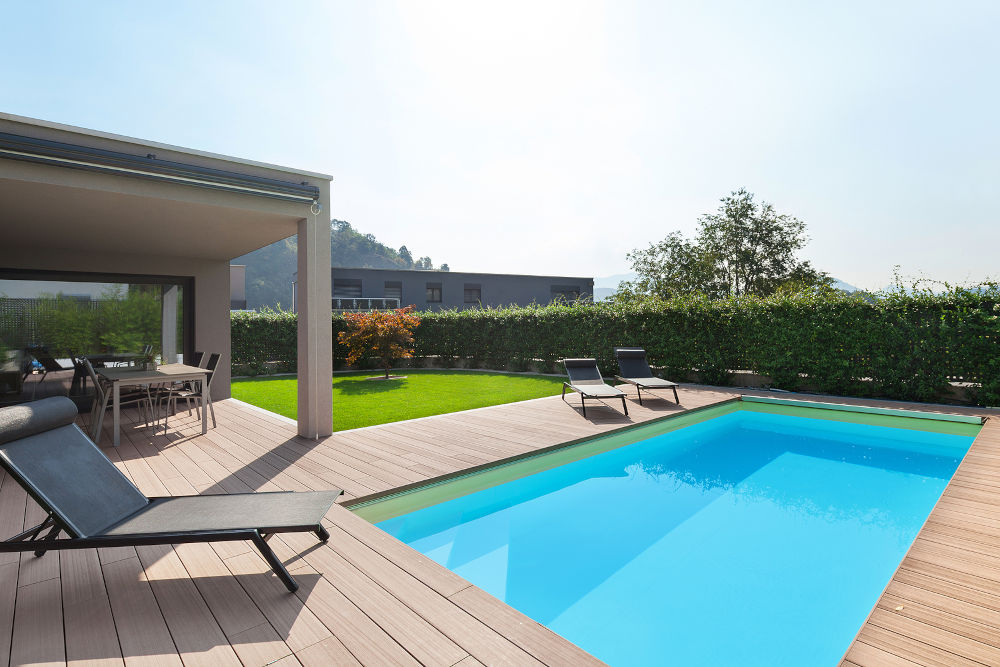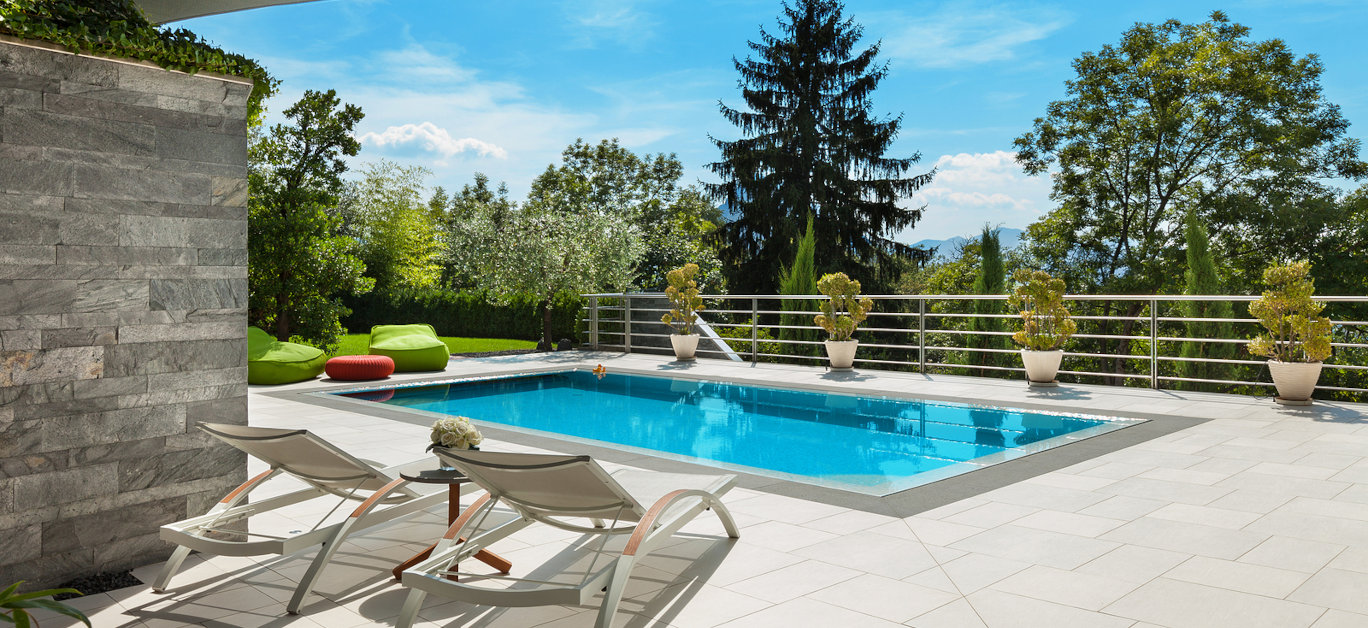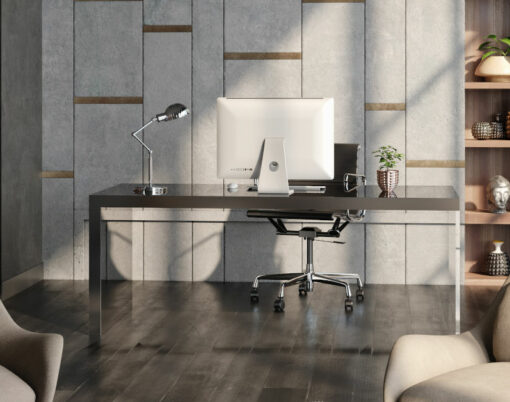With an array of plants beginning to bloom in the gentle spring sun and the scent of barbecues starting to drift in the air on long weekends, it’s time to consider what can be done within your outdoor spaces to give them a new lease of life for the summer ahead.
Whether you are planning on some smaller updates or hope to overhaul your garden entirely to create an opulent outdoor oasis, you’ve come to the right place.
Garden design is an art that requires a great balance of creativity and technical skill. It’s not just about choosing the right plants and arranging them in a visually appealing way. There are many factors that go into creating a garden that not only looks great, but also functions well and is sustainable. With this in mind, we’ve round up seven elements to consider when designing your new garden.
Plenty of planning and research
You may already have a solid idea of the layout and what features your upgraded garden will have, but it won’t hurt to research a range of completed garden design projects to get a sense of what it will take to get your garden finished to a high standard. Seek expert advice, work out your budget, choose materials and plants and get some estimates of costs and timelines to ensure you are fully prepared from the outset.

A style to suit you
Does a contemporary chic style appeal to you or something a bit more classic to suit your period property? Perhaps you like to bring a bit of your travel adventures into your design aesthetics and take inspiration from Japanese style zen gardens, Bali-inspired retreats, Mediterranean escapes, or romantic Italian classic designs to create a modern and majestic outdoor area in your home.
Zones
An area designed just for relaxing, a spot suitable for dining, a patch for plants and wildlife to flourish – it’s always a good idea to plan your layout carefully to ensure that it works for your needs. Consider where the sun sits during the day and place your pool, Jacuzzi or seating area there; while evening dining should be enjoyed in the late sun. Always keep some spaces free to plants shrubs and flowers and make good use of your garden’s angles to add interest.

Scale
Whether you have a sprawling country garden or a small city plot, it’s always wise to take into consideration what you have to work with so as not to overcrowd a space or to make sure that it’s utilised to the best of its ability. Smaller, square gardens will appreciate varying heights of plants, tall and slim, while you can cover more ground with a bigger space and use fuller trees. If your garden slopes, be sure to utilise all areas and create a stepped or sunken area or a wildflower area to ensure every inch of space has a purpose.
A variety of plants and the environment
You don’t have to be green-fingered to have a beautiful garden, you just need the right design, advice and plants to allow it to do most of the talking itself. A range of plants such as perennials, annuals and shrubs will add diversity and interest to your outdoor spaces and offer something throughout the year. Just be sure to select the right plants for your garden’s conditions to allow them to thrive.

Sustainability in mind
Sustainability is a hot topic, and for good reason, so be sure to incorporate sustainable practices in your garden design. Using native plants that are well-suited to your environment will require less maintenance and can help to support local wildlife, while harvesting rainwater to water your plants with in hot weather and using mulch to reduce water evaporation are other ways to make your garden more sustainable.
Tranquil retreat or functional space
What do you want the main uses of your garden to be? If it’s a front space that’s overlooked, you may want to keep this a low maintenance, uniform area with some pretty plants to up your kerb appeal, but private gardens will require different treatment. Is your private outdoor space going to be a place for entertaining, with an outdoor kitchen, bar and large dining area taking centre stage, or are you envisioning more of a spa-like space to unwind with your built in facilities?
Perhaps you want to create some outdoor spaces that incorporate a bit of everything, in which case the above should guide your decision-making to create a gorgeous garden of envy.






















